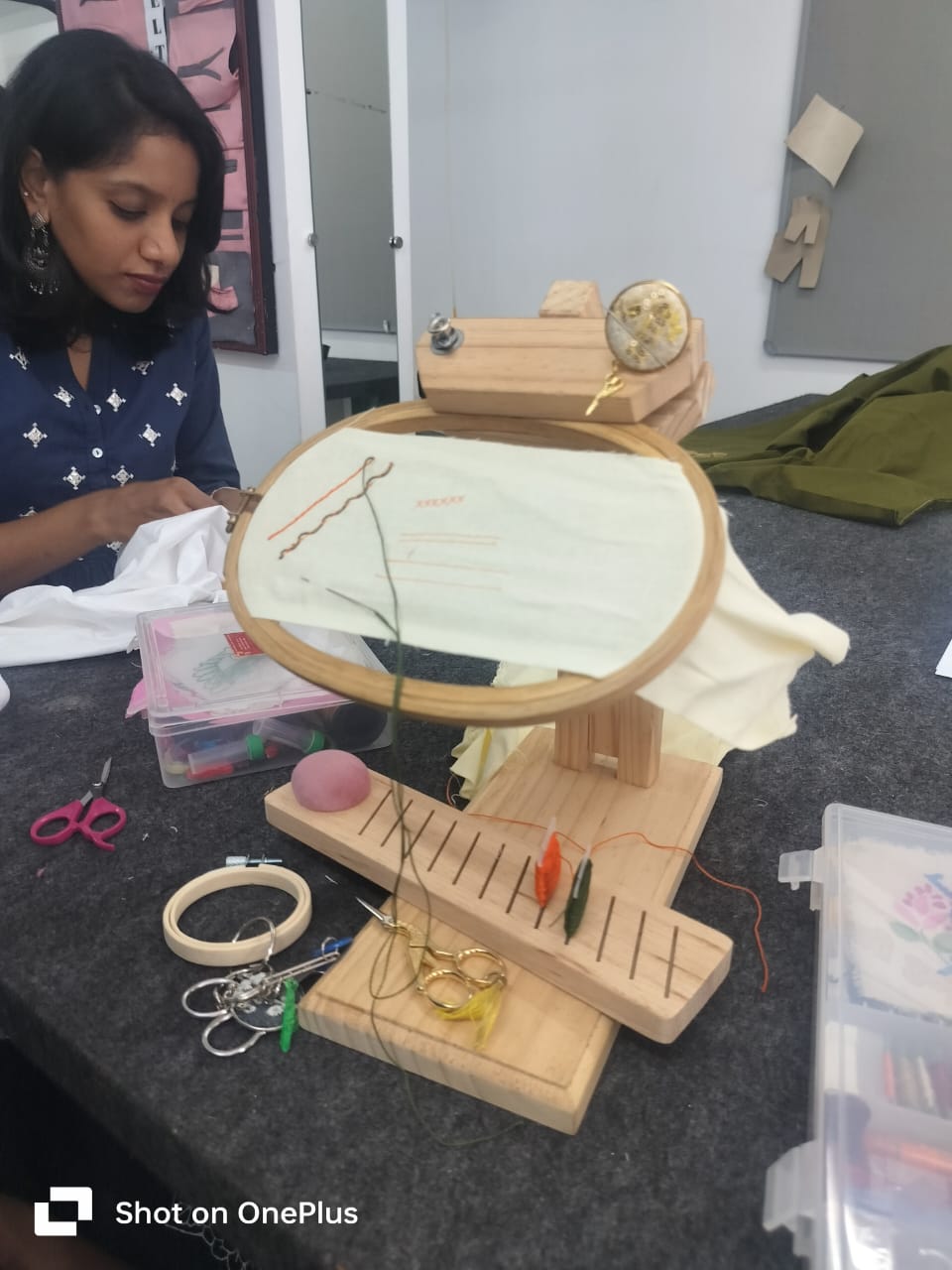A Fashion Designing Diploma is a specialized educational program designed to equip students with the fundamental skills, techniques, and knowledge required to enter the fashion industry. This diploma typically spans one to two years, depending on the institute and country, and focuses on nurturing creative talent and providing hands-on experience in various aspects of fashion design.
Curriculum Overview
The diploma program covers a broad spectrum of topics that are integral to fashion designing. These topics typically include:
-
Fashion Illustration:
Students learn how to sketch and visually represent their ideas through drawing techniques. Fashion illustration is crucial for expressing design concepts, showcasing garment details, and communicating with team members or clients.
-
Textile Science:
Understanding fabrics and textiles is fundamental in fashion design. Students are taught about different types of fabrics, their properties, and how they behave in different settings. This knowledge helps in making decisions about material selection for garments, ensuring functionality, comfort, and durability.
-
Pattern Making:
Pattern making is a vital skill that allows designers to create the blueprints for garments. Students learn how to develop patterns from basic blocks and translate their designs into wearable clothing. This includes learning about various garment construction techniques and how to adjust patterns for different body types.
-
Garment Construction:
Alongside pattern making, students delve into garment construction, which involves sewing and assembling clothing. This hands-on experience ensures that students can turn their designs into reality. It also helps them understand the technical aspects of creating garments that are well-constructed and fit well.
-
Fashion History and Trends:
A deep understanding of fashion history is essential for designers to recognize the evolution of style and its impact on current trends. Students explore significant eras, influential designers, and fashion movements that have shaped the industry.
-
Fashion Illustration and CAD (Computer-Aided Design):
In today’s digital age, fashion designers must be proficient in design software. Many diploma programs teach the basics of CAD, allowing students to create digital designs and technical drawings, which are widely used in the industry for both presentations and manufacturing processes.
-
Fashion Merchandising and Marketing:
Fashion design is not only about creativity; it’s also about business. Understanding the commercial aspect of fashion is crucial for a successful career. Students learn about fashion merchandising, retail strategies, consumer behavior, and how to market their designs effectively.
-
Portfolio Development:
A strong portfolio is essential for any fashion designer. Throughout the diploma program, students are encouraged to develop a portfolio showcasing their best work, including design sketches, garment photos, and creative concepts. This portfolio becomes a key tool in securing internships, jobs, or further studies.
Practical Experience and Internships
Many fashion design diploma programs incorporate practical experiences such as internships and live projects. Internships with fashion houses, designers, or garment manufacturing units allow students to gain industry exposure, network with professionals, and understand the operational dynamics of the fashion world. These experiences are invaluable as they bridge the gap between classroom learning and the real-world industry environment.
Career Opportunities
Upon completing a Fashion Designing Diploma, graduates have various career paths to explore. Some of the roles available include:
-
Fashion Designer:
Designing clothing, accessories, or footwear for brands or starting a personal label.
-
Fashion Illustrator:
Creating sketches and visual concepts for fashion designers and marketing campaigns.
-
Textile Designer:
Working with fabrics to create unique textiles for fashion or home decor.
-
Fashion Stylist:
Selecting clothing and accessories for photoshoots, events, or personal clients.
-
Pattern Maker or Garment Technologist:
Translating designers' sketches into patterns and ensuring that garments are well-constructed.
-
Fashion Merchandiser:
Managing product development and marketing strategies for fashion brands or retailers.
Conclusion
A Fashion Designing Diploma provides a comprehensive foundation for anyone aspiring to enter the fashion industry. It combines creativity, technical skills, and industry knowledge to prepare students for a dynamic and competitive career. Whether aiming to become a fashion designer, stylist, or entrepreneur, the diploma offers the tools and experiences necessary to succeed in the ever-evolving world of fashion.
